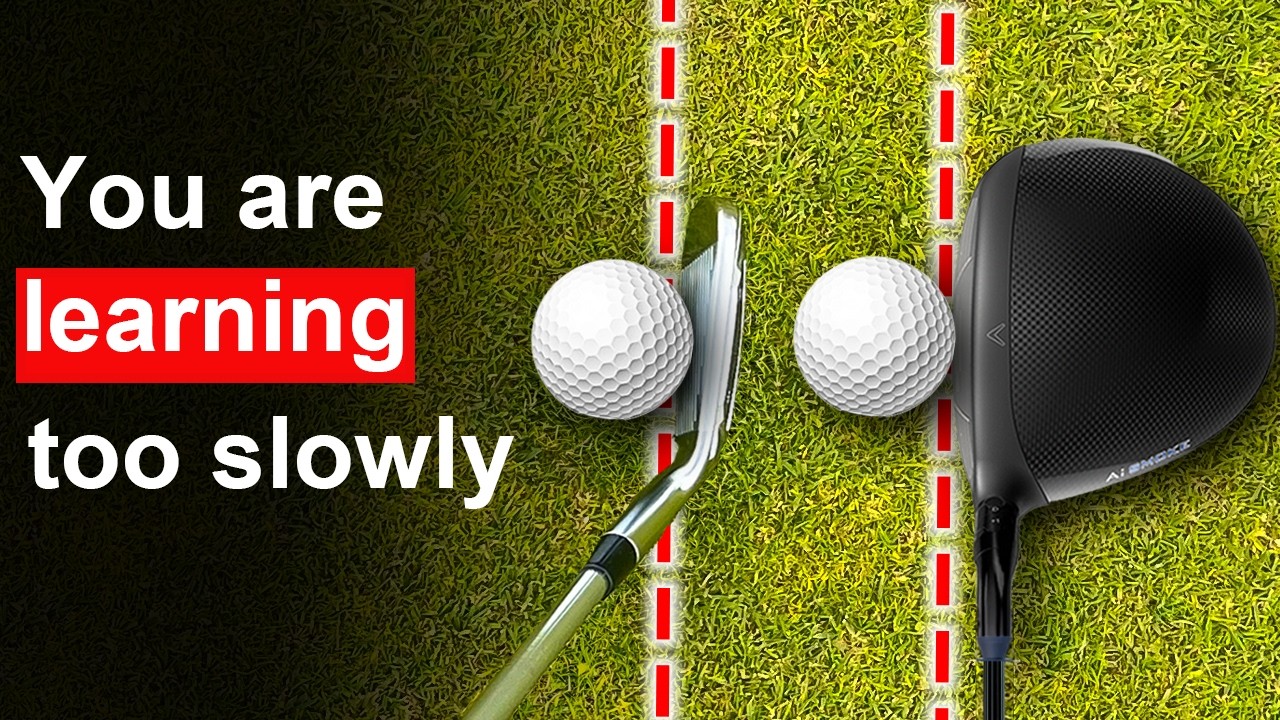
Step-by-Step Guide to Learning Golf Fast
In the original video I created with Danny Maude, I walk you step-by-step through an effective method that changed how my students approach golf learning — and how it can help you master golf quickly. This guide aims to help you stop overthinking and start feeling, providing immediate improvements in your game’s strike, direction, and distance.
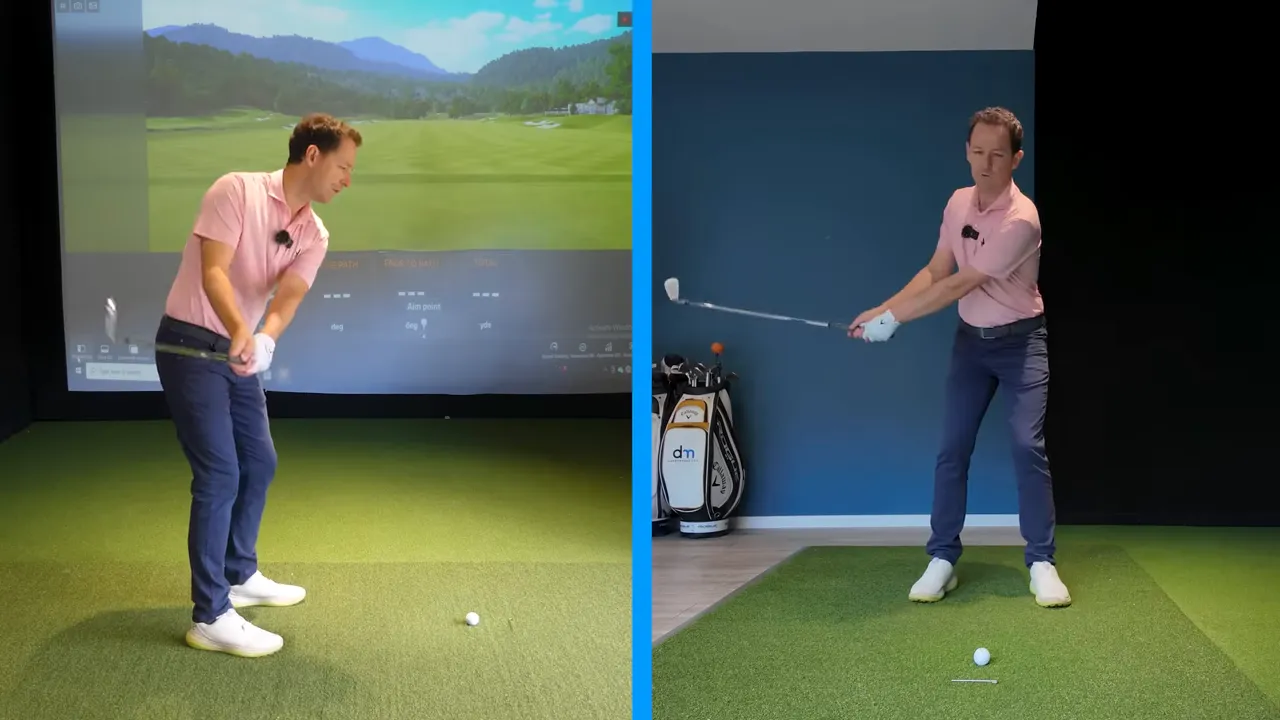
Understanding the Clubhead: A Key to Fast Improvement
Before diving into specific steps, here’s a core idea: develop a relationship with the clubhead. Feeling the clubhead’s position and how it strikes the ball enables your body to naturally adjust, resulting in significant enhancements. This article provides a structured practice plan that will guide you to grow that relationship and learn golf quickly.
Table of Contents
- Step 1: Feel the Club — Build a Foundation
- Step 2: Notice Strike — Essential Feedback
- Step 3: Create Compression — Power Up
- Step 4: Control Direction — Master the Path
- Step 5: Increase Speed; Maintain Control
- Step 6: Develop a Steady Practice Plan
- Step 7: Troubleshoot Common Problems
- Step 8: Make a Mindset Shift
- Step 9: Four-Week Progression Plan
- Step 10: Frequently Asked Questions
- Conclusion — Experience Better Golf
Step 1: Feel the Club — Build a Foundation
The first step to learning golf quickly is engaging with your sense of the club’s mass. Your goal isn’t to perfect swing positions but to integrate a smooth conversation with the club.
How to Connect:
- Hold the club at address height and note its weight. Focus on the club’s mass, not just the head.
- Begin moving the club back and forth effortlessly, like a pendulum. Don’t force positions, simply feel it.
- Keep your attention on the club’s mass, and when distracted, return your focus to it. This produces a pendulum rhythm.
Why This Works:
- It reduces overthinking positional detail, allowing natural rhythm to direct the swing.
- Develops proprioception, an internal understanding of the clubhead’s location.
- Simplifies focus to listening to the club, a strategy used by fast learners of golf.
Practice set: Engage in pendulum swings for 5-10 minutes, then hit a small number of balls, attending only to the pendulum feeling.
Step 2: Notice Strike — Essential Feedback
Once rhythm is achieved, feedback is crucial. Learning varies strikes ensures you can self-correct on the spot, enhancing your learning pace.
Utilize Visual Feedback:
- Lightly spray the clubface with foot spray to serve as a visual monitor.
- Swing using the pendulum feeling and inspect the pattern after each shot.
- Compare feelings with contact location, whether toe, heel, or center.
- Adjust set up or approach as needed to centralize spray marks.
Why This Works:
- Provides visual confirmation of strike quality to correlate feeling with reality.
- Encourages self-adjustment without overthinking.
- Recognizing small changes can distinguish average from outstanding practice — the key to quick learning.
Practice set: Shoot for 20-30 balls using spray, concentrating on toe versus heel detection. State aloud the expected result before inspection to speed up the learning curve.
Step 3: Create Compression — Power Up
Optimizing strike means instigating compression, where the ball propels explosively off the face. This isn’t wrist flicking but precise alignment between the shaft and lead arm.
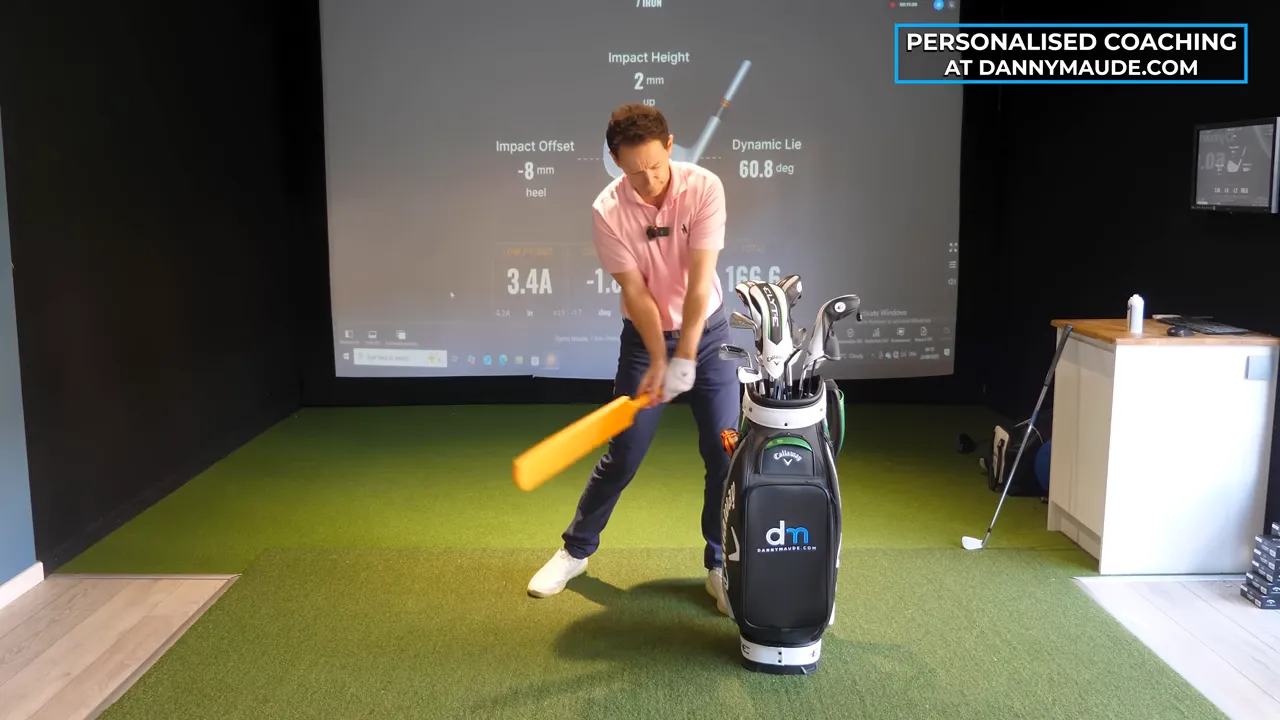
Identify Compression:
- Consider the club as a cricket bat aimed at a flat target using the full shaft.
- Incorporate the pendulum feeling, letting your trail side drive through impact, encouraging the right shaft and arm line.
- Notice the feeling when the shaft and arm are aligned post-impact, ensuring continued clubhead movement.
Advantages:
- Promotes higher velocities and direct launch due to continued propulsion through the ball.
- Achieves power through timing rather than force.
- Simplifies movement yielding more effective practice with sustainable results.
Drill: Position a towel just behind the ball and aim for clean impacts. This promotes forward motion and the optimal impact setup.
Step 4: Control Direction — Master the Path
Improving strike is crucial, but many face directional challenges. Controlling where the clubface points and its path is vital for fixing these issues.
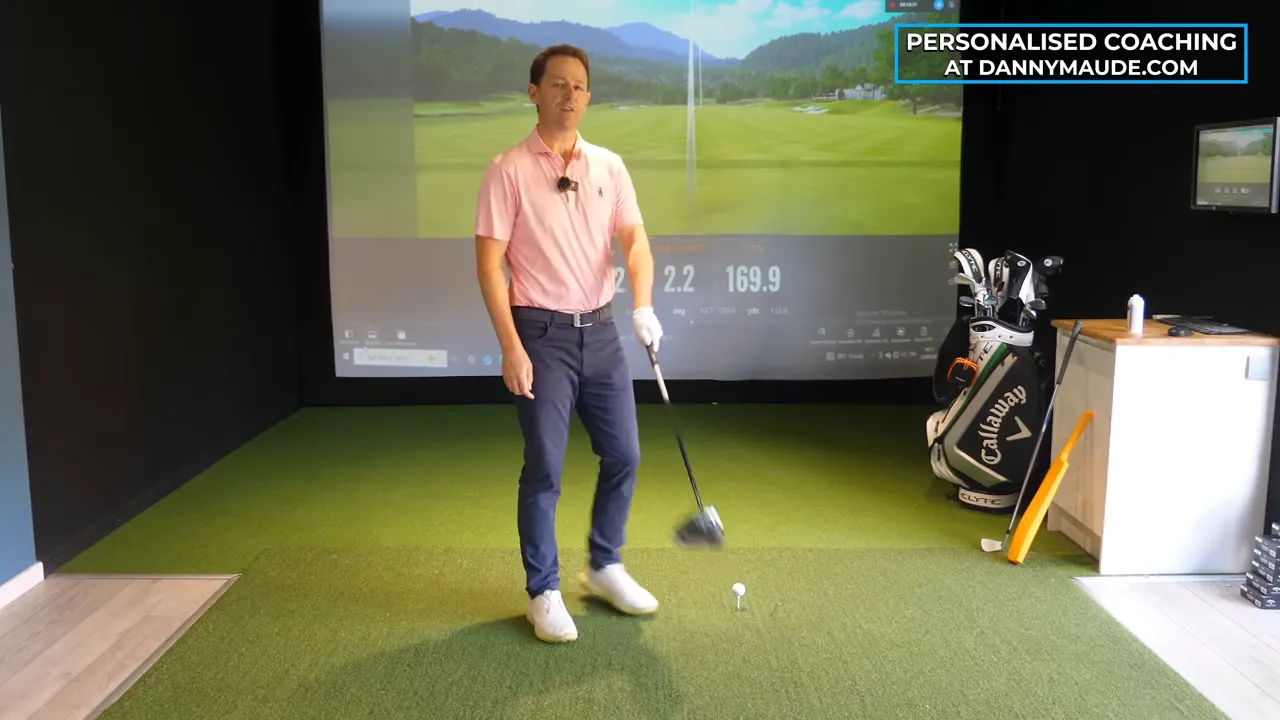
Learn to Control:
- Set up a driver slightly forward, aligning with natural pendulum and compression feels.
- With minimal thought, ascertain the clubhead’s toe position regarding the heel to gauge face angle.
- Instead of consciously directing path, feel where the head naturally progresses: in-to-out or out-to-in.
- A face that feels open with an out-to-in path slices; adjust for face neutrality and a subtler in-to-out path.
Benefits:
- Sensory guidance supersedes overthinking in refining clubhead pathways.
- Minor face adjustments dramatically alter ball trajectory.
- Efficient learners rely on sensory rather than positional memory.
Practice set: With your driver, engage in three series: firstly focusing only on the face, then path, and finally combining these to hone control.
Step 5: Increase Speed; Maintain Control
While more golfers seek power, they often sacrifice control. The key to avoiding this is gradual speed increment without losing feel for the clubhead.
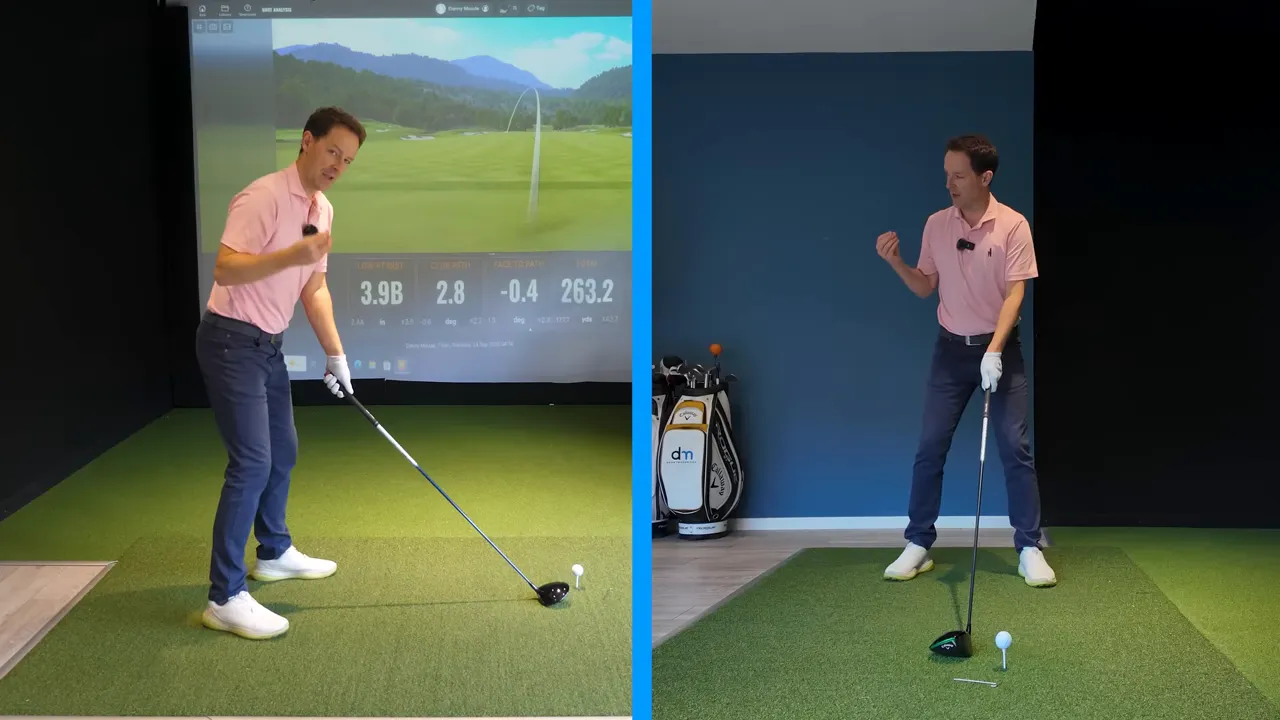
Add Power Safely:
- Preserve pendulum rhythm as your basic feel.
- Visualize an increase in head speed through familiar paths, letting natural responses take over.
- Acknowledge how your body naturally adapts — more frontward shift and energetic finish.
- If consistency falters, return to affection basics, reaffirm central strikes, and retry increasing speed.
Reasoning:
- Control maximizes energy use, leveraging greater outcome from lesser effort.
- Your nervous system detects optimal solutions when core principles are maintained.
- Develops fuller power with sensory acuteness deterring compensatory actions.
Drill: After confirming sound compression strikes, perform “speed surges,” aiming at 70%, 85%, then 95% intensity, focusing on controlled accelerated swings.
Step 6: Develop a Steady Practice Plan
Adopt this simple practice schedule to efficiently utilize range sessions and expedite learning. Repeat about 2-3 times weekly for substantial improvements.
- Warm-up (5–10 minutes): Gentle wedge swings to cultivate rhythm, integrating light mobility work.
- Feel Warm-up (10 minutes): Engage in pendulum swings using a mid-iron, concentrating solely on weight sensation.
- Strike Awareness (15–20 minutes): Employ 20-30 balls, spray the face, and identify strike types vocally before verifying.
- Compression Focus (15 minutes): Adopt bat imagery and focus on shower alignment.
- Direction and Speed (20 minutes): Separate exercises for path and face awareness, then progressively incorporate speed.
- Cool-down (5-10 minutes): Close with relaxed iron swings emphasizing rhythm and integrating new lessons.
Keys to Effective Sessions:
- Brief, structured practices outdo prolonged disorganized attempts.
- Conclude with an ingrained positive sensation to reinforce learning.
Step 7: Troubleshoot Common Problems
Here are solutions to frequent issues often faced, using sensory-focused corrections for immediate trials.
- Slicing Issues: Check if your toe is leading the heel (open face) with an out-to-in path. Adjust till the face feels more neutral.
- Thin/Topped Irons: Often due to lack of compression. Engage the shaft-and-arm posture, emphasizing a flatter interaction with the turf.
- Heavy Hooks: Feel the face closing or path overly in-to-out. Check the face angle; neutralize if needed, maintaining a concise release.
- Distance Loss: Reassess compression principles if center hits decrease. Progressively add speed as familiarity increases.
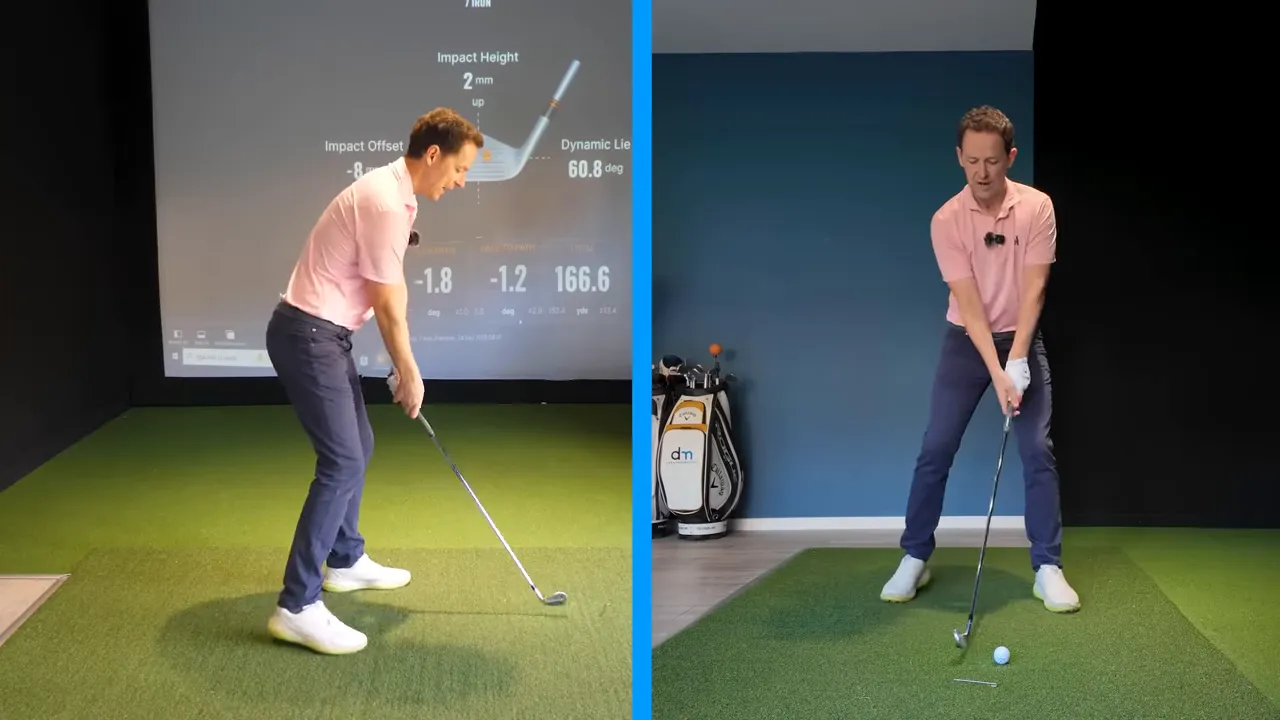
Step 8: Make a Mindset Shift
Mental noise restricts learning. Swapping tips and micro-tweaks for a sensory approach enables easier and faster skill acquisition.
Sensory Over Thought:
- Prep each round with a single intention, like “Feel the clubhead rhythm.”
- Limit technique analysis to intermittent stages; immerse your swings in the feel-based focus.
- Implement simple analogies that foster immediate neurological responses — such as using cricket bat imagery.
Apply these changes to accelerate golfing improvements, guiding the nervous system smoothly through intrinsic muscle understanding instead of rote outlines.
Step 9: Four-Week Progression Plan
- Week 1: Sensory Basics
- Daily: Allocate minutes to pendulum activities; focus sessions on pendulum and impact relations.
- Week 2: Consistency via Compression
- Focus on compressive method ranges with systematic trials to boost habitual stroke boosts.
- Week 3: Path Control
- Direct drills, incorporating driver, attention on club path and footwork alignment.
- Week 4: Speed Integration
- Introduce full-body speed integration without neglecting central impact priorities.
Weekly Reflections:
- Note observable shifts, quantitative gains, and ongoing improvement themes to track consistent progress.
Step 10: Frequently Asked Questions
How quickly can improvements be seen?
Many see improvement in contact consistency post-practice. Substantial advancements often flow within weeks when focused drills are regularly implemented, but the approach’s intuitive nature allows for earlier sensitive gains.
Is specialized equipment required?
Essentially, no. Affordable options such as foot spray are more beneficial than high-tech monitors.
What if club feel isn’t immediate?
Focus on exaggerated initial exercises, breathing through the sensations to nurture keen proprioception.
Are novices and high handicappers applied here?
Precisely. Beginners gain crucial internal perceptive grounding, while high handicappers translate uncertainty into precise sensory information.
Will focusing too much on feel increase course anxiety?
No, defined sensory anchors provide focus under pressure, reducing external noise and amplifying in-game performance.
Is this method beneficial for distance gains?
Absolutely! Compression and contact centrality directly influence distance gains, sustained by gradual speed fostering.
Tips for maintaining progress?
Integrate feel practices into standard warm-ups. Even professionals use such basics to assure consistent skill preservation.
Conclusion — Experience Better Golf
Learning fast doesn’t stem solely from new techniques or rigid guidelines; it entails symbiosis. Establish a mutual engagement with your clubhead. Comprehend its weight, recognize potential misalignments, compress innovatively, then let speed enhance naturally.
The presented method guides students from uneven to monumental results through concentrated practice methods. Sensory instruction yields accessible, instantaneous enhancements, inadvertently rallying the nervous system.
Enter practice sessions simply: interpret the club. Keep training concise and leverage impact aides for continuous growth. Expect better swings, profound distances, and most crucially, an enriched enjoyment of golf.
Take action now, explore sensory elements, engage impact sprays, observe compression, then cultivate speed. Keep the process rudimentary and intuitive, ensuring rapid learning of golf skills.

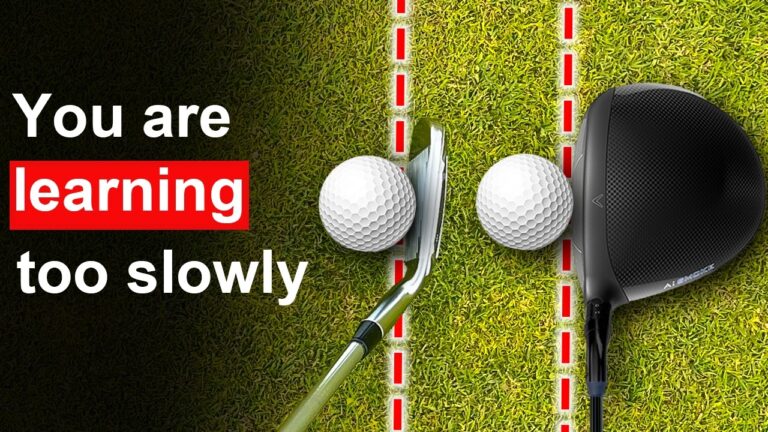
0 Comments